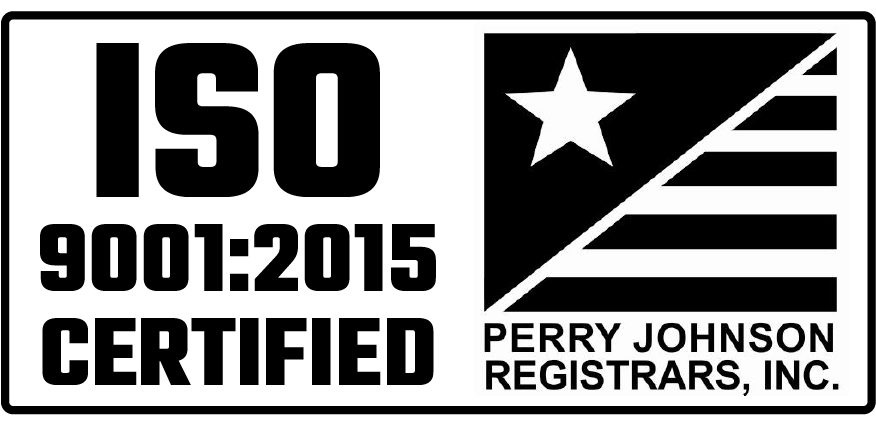Many manufacturers maintain relationships with poorly performing suppliers simply because they perceive the risks and potential costs associated with change to be too great – “it’s not worth the trouble,” they say. Another powerful reason for staying with these suppliers is price; if a subpar supplier is offering the lowest prices on its products, it’s no easy task to convince others in the organization to make the change.
But it’s not as simple as comparing the price of different vendors’ units; what many organizations fail to really “see” are the true costs of managing a supplier that’s not delivering what they need, when they need it, the way they need it. A poorly performing vendor will affect an OEM’s product quality, production schedule, lead times, shipping costs and inventory levels. Even if just a small percentage of its products are faulty or late, that’s costing you in the long-term and affecting your entire organization.
Let’s take a look at just a few of the ways a supplier can erode or enhance an OEM’s profitability:
1. Quality & design (product redesigns, product failures)
Is your supplier the least expensive when compared to others? That’s great, but if that price is a direct reflection on the quality of the units they supply, then the price begins to add up. Put a substandard unit in your product and customers will return products and, ultimately, you’ll need to sell your product at a discount because they’re not selling. Despite protestations of “same quality, lower price,” many suppliers are able to offer that low price because they cut corners on some aspect of the unit or their processes. Eventually you’ll see that the unit is contributing to unhappy customers, returns, added maintenance – and diminishing sales.
Another thing to consider as you evaluate your suppliers is design. According to Munro & Associates, product design may only account for a small percent of a product’s total cost (5%), but it influences the majority (75%) of that product's total cost to manufacture. In other words, the right design pays off – significantly – when it comes to making that product cost-effective. Suppliers that offer in-house design services add significant value by regularly sharing ideas that can save money. Lower cost of goods and simplified production processes are just two ways a design team can influence the quality and performance of an OEM’s business.
2. Production schedules
How often is your supplier late with a shipment? Consider that those shipments arriving late might have something to do with the low cost you’re getting – is your supplier going to make an enormous effort to get units to you on time if they’ve had to cut their price to get the work? Delays mean your machines and workers must stand idle, reducing productivity and eating away at profitability. Ultimately, delays on a supplier’s end have the potential to affect your delivery schedules – and disappoint customers.
3. Lead times
If you’ve accepted unmet delivery schedules as part of your supplier relationship, then you’ve also decided that you’re going to accept working with inconsistent lead times. We all know that your customers won’t accept this, so to remedy that, you’re forced to 1) pay workers for overtime needed to get the schedule back on track; 2) absorb additional costs to expedite shipping to your customer; and/or 3) lose customers because you can’t meet delivery dates.
4. Shipping costs
If your supplier is unable to flex along with your fluctuating demands, you’re probably paying higher freight costs for rush shipments needed to maintain inventory levels and delivery schedules.
5. Inventory levels
When a supplier is unable to align with your evolving demands, you’re always in one situation or the other: either you’re sitting on too many units and the added costs to keep the inventory, or you don’t have the units you need to keep the lines running. The latter has a greater potential to cost the organization in terms of lost productivity and customers that lose faith in your ability to deliver on time.
6. Cash flow
All the issues above ultimately lead to cash flow problems, too, because they all involve unbudgeted costs, whether it’s related to shipping, payroll, inventory – or lost sales. This makes it difficult to meet all your obligations as planned and can eat away at profit margins.
As you look at what different suppliers offer, price should be a primary consideration but it shouldn’t be the only gauge by which you evaluate the potential impact on your business. Understanding how each performs when it comes to quality, value-added design ideas and delivery, in particular, will lead you to the right choice of supplier – one that’s helping you avoid added costs and, as a result, contributing to profitability.





